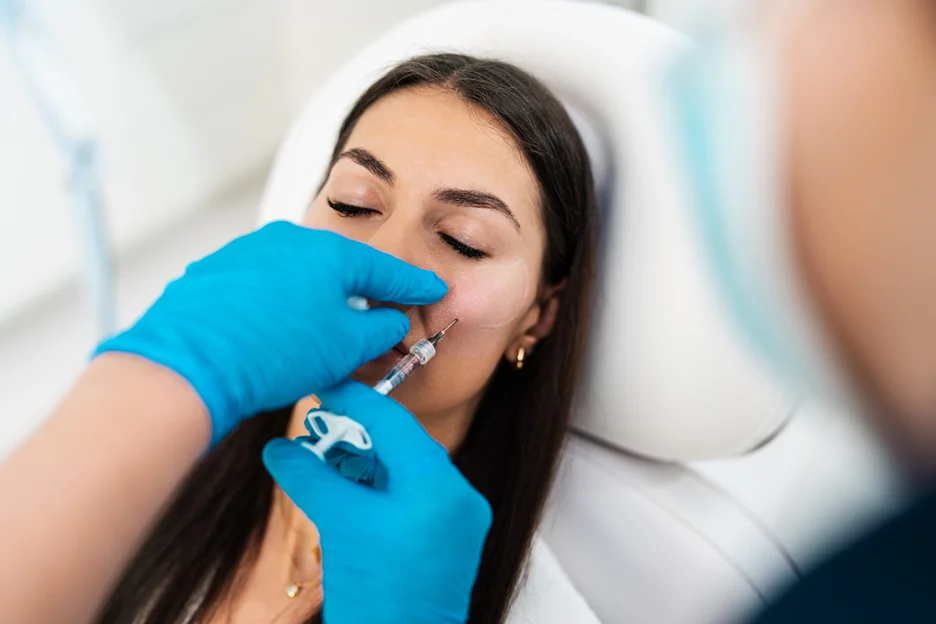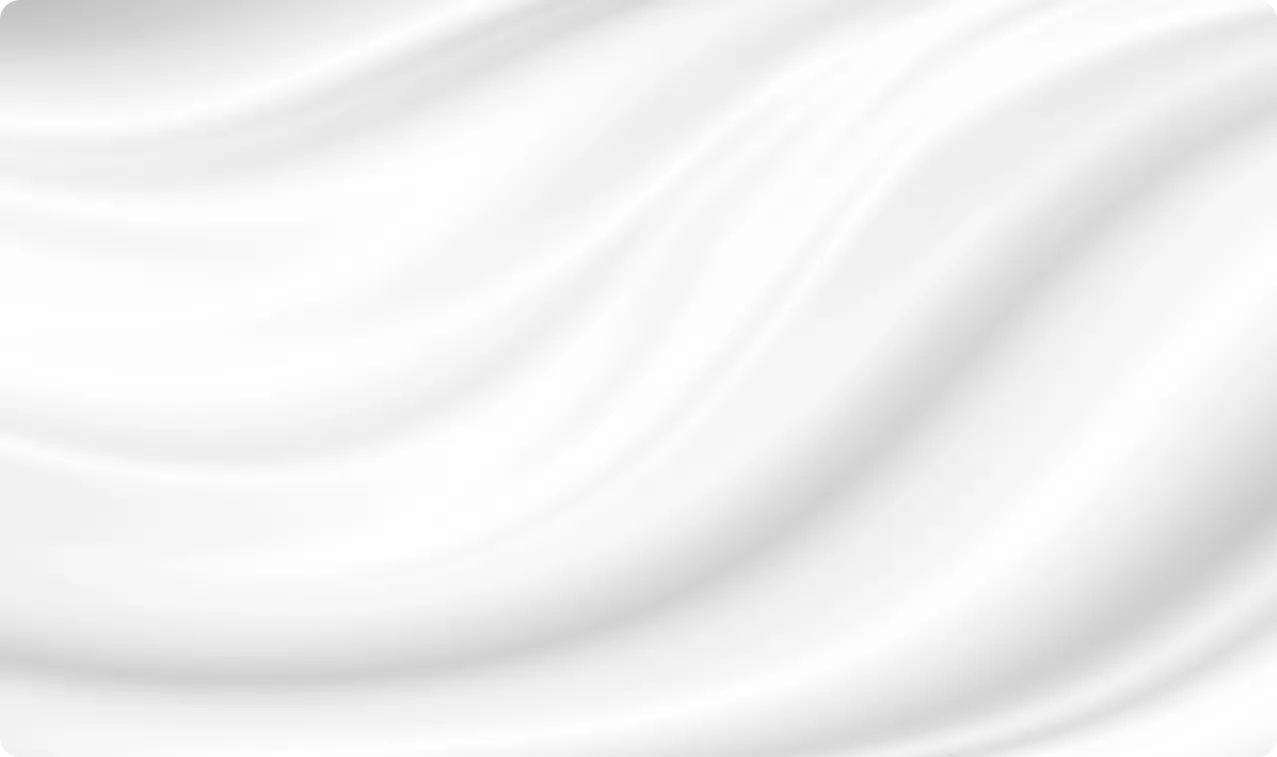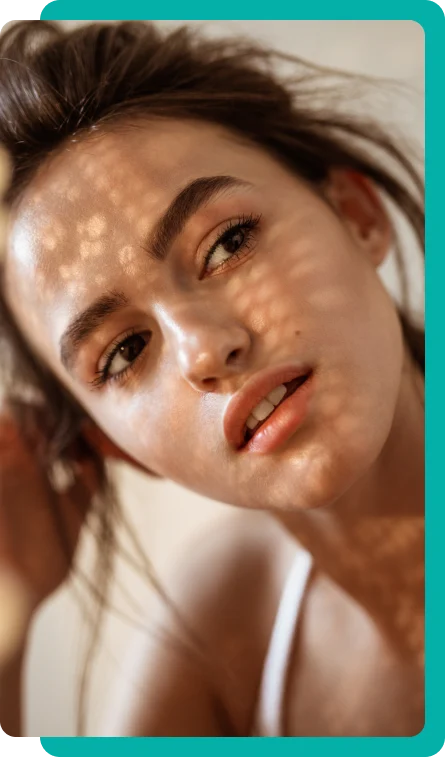When getting cheek and jaw filler injections, there are certain danger zones to avoid around the eyes and arteries. Steering clear of these delicate areas will help ensure your facial enhancement is as safe and effective as possible.
Enhancing the cheeks and jawline with dermal filler injections can provide a sculpted, youthful appearance when done properly. However, the face contains delicate anatomy which can be affected by misplaced filler material. Being aware of the potential risks and how to avoid complications is essential for achieving beautiful, natural-looking results from cheek and jaw augmentation.
This guide covers critical safety considerations, no-go zones to steer clear of, and best practices for ensuring your injector understands the nuanced facial anatomy. With proper technique and by avoiding certain danger areas, filler injections can safely enhance your facial contours and profile for subtle yet transformative rejuvenation.

Dermal fillers and injectables offer an appealing, non-surgical route to facial enhancement. HA-based fillers in particular subtly add volume to soften wrinkles and folds, while also restoring a more youthful facial profile.
With a reputable, experienced injector, dermal fillers present a relatively safe option for facial rejuvenation. However, every procedure carries risks, especially when performed in delicate areas like the cheeks and jawline. Blood vessels, nerves, muscles, and vital structures exist close beneath the surface, and require an intimate understanding of facial anatomy.
Schedule a consultation with Dr. Lanna to learn about the intricacies of facial anatomy and avoiding potential filler complications
One of the most dangerous areas for cheek filler lies in the infraorbital region, directly under the eyes. Here, the delicate infraorbital artery and vein descend vertically from the lower eyelids' inner corners.
Filler incorrectly placed in this area risks intravascular injection into these vessels. This can obstruct blood flow, depriving surrounding tissue of oxygen. One study found the infraorbital area is one of the most common sites for tissue ischemia and eventual necrosis after facial filler injections.
Visual complications like blindness may also result from retrograde embolization into the ophthalmic artery. This allows filler material to migrate through vessel connections toward the eyes.
Even minor filler placement inaccuracies below the eyes can yield catastrophic consequences. Expert injectors strictly avoid this zone for cheek volumization.
The rich network of facial arteries likewise presents danger zones for misplaced filler. The transverse facial artery supplies blood to the cheek area through its zygomatico-orbital branches. Meanwhile, the angular artery coursing over the jawline provides circulation to lower facial structures.
Injecting filler into any facial artery can obstruct blood flow to surrounding tissues fed by downstream vessels. Skin fed by the blocked artery rapidly becomes ischemic and eventually necrotic if left untreated.
Vascular occlusion near the nose may even risk blindness by restricting ophthalmic circulation. For safety, we recommend maintaining a distance of at least 1.5cm from major facial arteries when placing dermal filler. Careful injection technique and thorough anatomical knowledge are essential.
If you do wish to pursue injectables for more defined facial features, select a filler product carefully tailored for your jawline goals:
Our injector will assess your facial anatomy and recommend appropriate filler materials. Combinations of different formulas are often used for optimal enhancement while avoiding an overdone look. Trust Dr. Lanna's expert judgment when selecting cheek and jaw fillers.
Dr. Lanna will thoughtfully select the optimal dermal filler formula to match your individual jawline goals - call us today!
While vida infraorbital or arterial injection poses the most serious risks, even cautious filler placement along the jawline may result in side effects:
| Bruising and Swelling | Temporary bruising and swelling are common after any filler treatment. However, the thin skin overlying the jawbone is particularly prone to hematomas and edema. This can delay recovery. |
| Asymmetry | Precisely mirroring injection sites on both sides of the face is challenging. Slight asymmetries resulting from uneven filler placement often resolve within 2 weeks. Persistent asymmetry may require correction. |
| Over-correction | Filler overload in the jawline can make the face appear unnaturally wide or distorted. Our expert injectors apply a conservative approach, slowly building volume across sessions. |
| Lumps and Irregularities | Small lumps can form under the skin if filler is injected too superficially or unevenly. Gently massaging problem areas may smooth these away. |
| Pain | Jawline areas may remain tender for a few days following treatment. Rarely, dysesthesia or numbness results from accidental nerve injury during injection. |
While usually mild and temporary, understanding potential side effects helps set realistic expectations.
While dermal fillers offer a relatively safe means for facial enhancement, certain individuals make poor candidates for cheek and jaw augmentation:
Our experienced injectors thoroughly review your health before determining your candidacy. Be forthcoming about medical conditions and medications at your consultation.
Schedule a consultation with Dr. Lanna to determine if you are a good candidate for safe, effective cheek and jaw augmentation

Undergoing cheek and jaw filler injections does not require extensive preparation, nor do results keep you off your feet for long:
Proper planning ensures you focus on healing after your enhancement procedure for the fastest recovery.
A sharper jawline undeniably provides an attractive facial profile, especially for men seeking a masculine frame. However, non-surgical methods pose a safer initial approach to achieve subtle enhancements. An experienced injector may employ dermal fillers conservatively if significant augmentation is desired.
Ultimately, knowledge is power when seeking cosmetic interventions. Thoroughly research your provider's experience and avoid bargain injections from questionable sources. Be aware of filler placement danger zones. Together with your clinician, develop a treatment plan tailored to your unique facial proportions while remaining realistic.
Trust Dr. Lanna's specialized training and aesthetic judgment for subtle cheek and jaw enhancement with minimal risks. Schedule your consultation now.

New Patients Enjoy $100 OFF on Tox or Filler Appointments!
*minimum 1 full syringe or minimum 25 units; Cannot be combined
